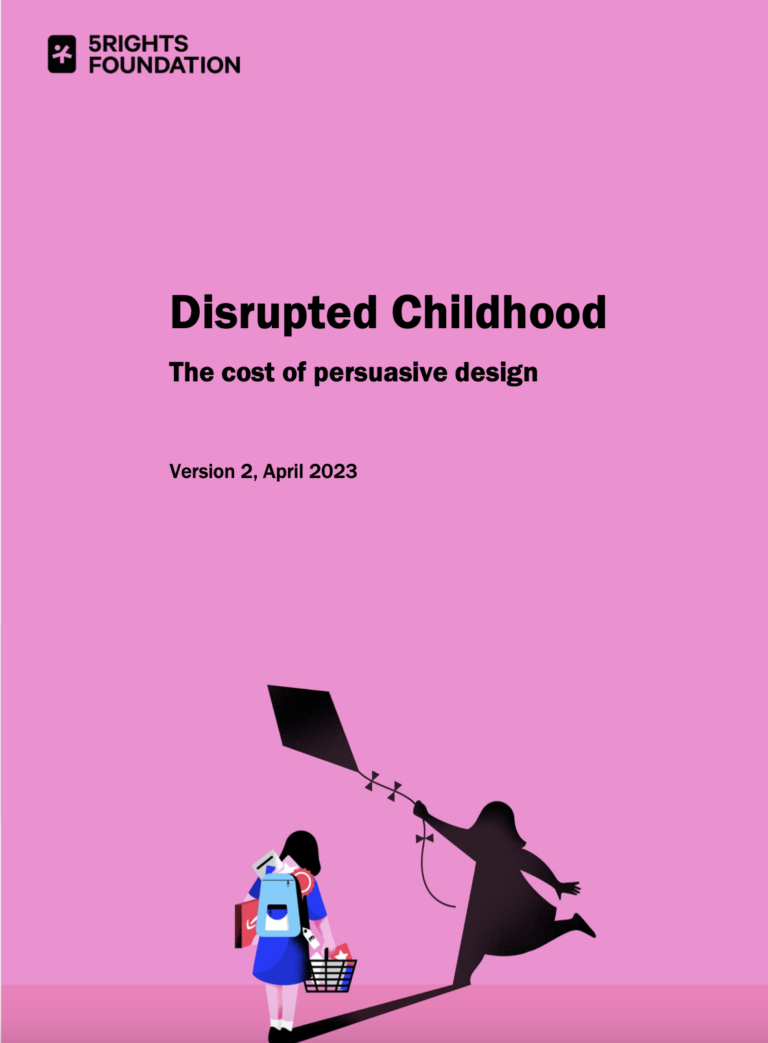Significant technological advances are very often accompanied by concerned debate. Will our daily lives be improved or disrupted? Will the need for human intervention or interaction be reduced? Will our relationships change? Digital technologies, unlike previous inventions, not only enhance real world existence, but offer parallel alternatives. Infinitely portable and powerfully designed alternative and augmented realities are on offer 24/7. The ready availability of digital services and the commercial incentives to maximise ‘engagement’ fuelled a gold-rush for children’s attention. As we move towards web 3.0 and spend more time in virtual environments like the metaverse, risks to children will also evolve, and the nature of their interactions will become less ‘screen-based’ and more dynamic and interconnected.
As children’s online and offline lives are increasingly blended, it is no longer helpful or feasible to distinguish between the two. What we must now urgently consider is the nature of children’s experiences in this dynamic and interconnected world, and how the design of digital products and services affects their behaviours and development.
This report examines the persuasive design features and strategies common to many popular digital products and services used by children. It considers the impact of persuasive design on children’s social, mental and physical development, and how the digital world can be redesigned to ensure children’s rights are recognised, respected and upheld.

